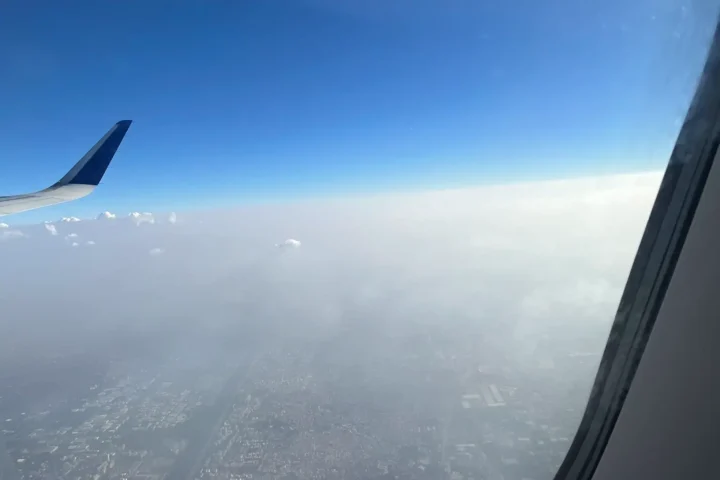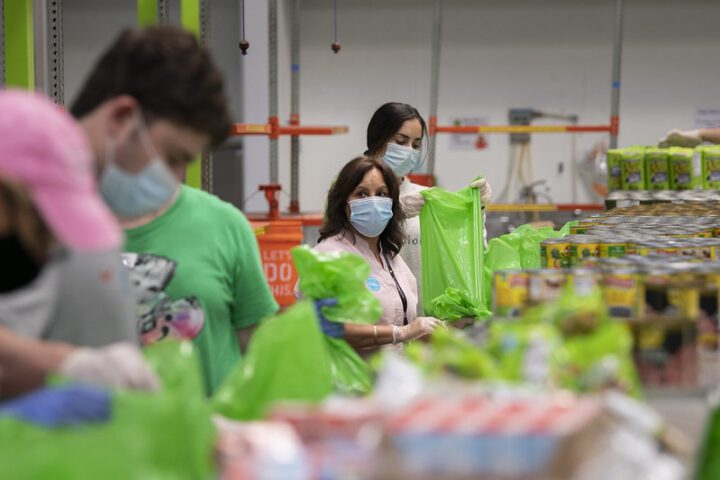Measles is making an alarming comeback in the United States. The country has recorded 1,267 cases across 38 states as of July 1, 2025, already surpassing the previous high of 1,274 cases from 2019. This marks the worst outbreak since measles was declared eliminated in the U.S. in 2000.
Most cases are centered in West Texas, where the outbreak began in January in Gaines County. The virus has since spread to neighboring states, with significant numbers reported in New Mexico and Oklahoma.
Three people have died from measles this year – two children in Texas and one adult in New Mexico. These are the first measles deaths in the country since 2015.
The CDC reports that almost all cases – between 92% and 96% – involve people who haven’t been vaccinated or don’t know their vaccination status. In Gaines County, nearly one in four kindergartners lacks the required MMR (measles, mumps, rubella) vaccine, far below the 95% coverage needed to prevent outbreaks.
“This is a preventable disease,” said Dr. William Moss from Johns Hopkins University. “The larger outbreaks we’ve seen tend to occur in communities with very low vaccination rates.”
Measles spreads easily through the air. The virus can linger in a room for up to two hours after an infected person leaves. Early signs include high fever, cough, runny nose, and watery eyes. A distinctive rash appears later, spreading from the face to the rest of the body.
While most people recover without specific treatment, about one in five unvaccinated people need hospital care. Possible complications include ear infections, pneumonia, and in rare cases, brain swelling that can cause permanent disability or death.
Similar Posts
The problem extends beyond U.S. borders. Cases have jumped 29-fold across the Americas compared to 2024, with major outbreaks in Canada (3,170 cases) and Mexico (2,597 cases). Worldwide, health officials have counted over 88,000 cases in 168 countries this year.
The current situation threatens America’s measles elimination status. If the virus continues to spread for more than 12 months, the U.S. could lose this public health achievement.
Vaccination remains the most effective protection. Two doses of the MMR vaccine stop measles 97% of the time. “The primary cause of the resurgence is failure to vaccinate, not failure of the vaccine,” states a recent New England Journal of Medicine report.
Health departments have set up special vaccination clinics in response. In outbreak areas, babies as young as 6 months can now get their first dose instead of waiting until age 1. The vaccine can also help if given within 72 hours of exposure.
People who think they have measles should:
- Stay home to avoid spreading the virus
- Wear a mask if they must be around others
- Call their doctor immediately

International travelers should get fully vaccinated at least two weeks before their trip. Some countries, including Honduras, now require proof of measles vaccination for entry.
As vaccination rates nationwide have fallen below the critical 95% threshold for four straight years, health officials stress the urgent need to increase protection to stop further spread.


















